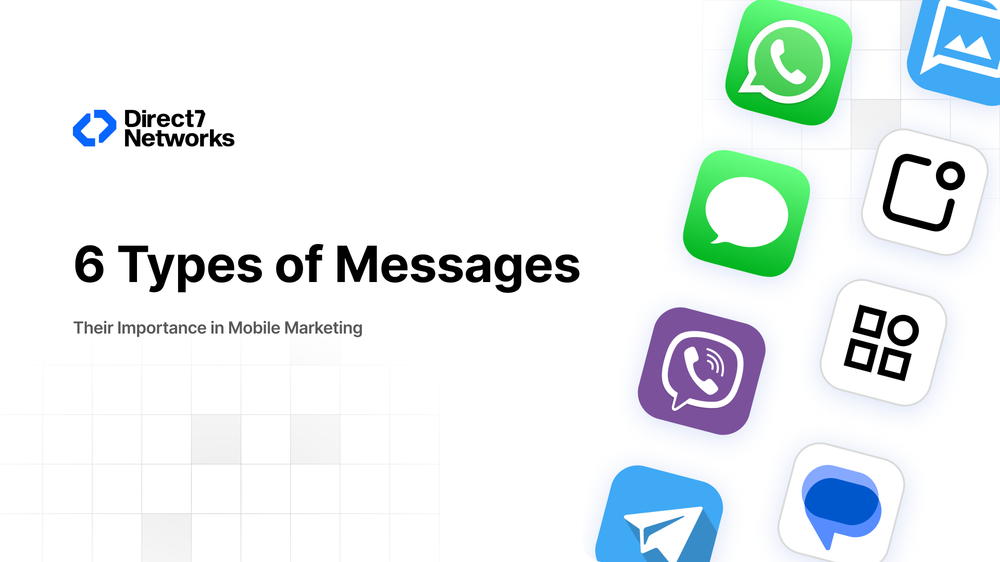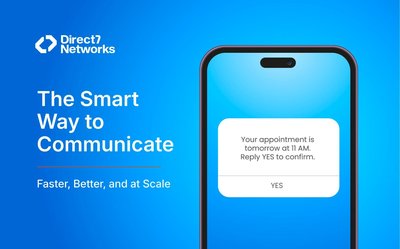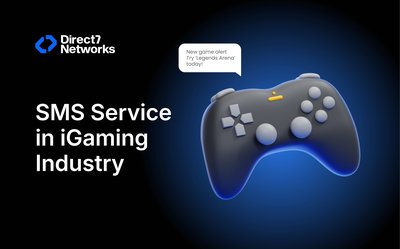Mobile marketing businesses have created an essential strategy to connect with its audience. With the widespread use of smartphones, messaging has emerged as one of the most effective ways to attach customers. However, not all messages are made the same. Understanding different types of messages and their uses can help businesses prepare more effective campaigns. In this article, we’ll explore the 6 most important types of mobile messages and how to choose the perfect for your marketing goals.
Different Uses for Mobile Messaging
Mobile messaging is a versatile tool that can be used for various purposes, including:
- Promotions and Offers: Sending discounts, coupons, or special deals to customers.
- Customer Support: Providing instant assistance or answering queries.
- Transactional Alerts: To inform users about the order confirmation, shipping update, or payment reminder.
- Engagement and retention: to inform customers and engage with individual content.
- Brand awareness: sharing brand stories, news and updates.
Each type of message provides a unique purpose, and choosing the right depends on the objectives of your campaign.
6 Types of Messages & Their Benefits
1. Short Messaging Service (SMS)
SMS is one of the most widely used message formats due to its simplicity and broad reach. Businesses use SMS for time-sensitive updates, promotional messages and transactions alert. Since SMS does not require internet connection, it ensures reliable communication with users in various devices.
Benefits of SMS:
- High open rates (often above 90%)
- Immediate delivery and readability
- Works on all mobile devices
2. Multimedia Messaging Service (MMS)
MMS increases SMS by allowing multimedia elements such as images, videos and audio. The brands use MMS visually attractive promotion, product showcase and rich story tell.
Benefits of MMS:
- Engaging multimedia content
- Supports branding through visuals
- Works on most modern mobile devices
3. Rich Communication Services (RCS)
RCS is an advanced messaging protocol that provides a rich experience similar to messaging apps. It supports high-resolution media, reed receipts, typing indicators and interactive buttons.
Benefits of RCS:
- Interactive and feature-rich messages
- Enhanced customer engagement
- Works within native messaging apps on compatible devices
4. Push Notifications
Push notifications are alerts sent to users via mobile apps. They are highly effective in engaging customers and driving app interactions, such as reminding users about abandoned carts or notifying them of exclusive deals.
Benefits of Push Notifications:
- Direct communication with app users
- Encourages app usage and retention
- Can be personalized based on user behavior
5. In-App Messages
In-app messages appear within a mobile application and provide relevant information, such as onboarding instructions, feature updates or promotional offers. These messages are triggered based on user actions and help improve the engagement.
Benefits of In-App Messages:
- Contextual and relevant communication
- Enhances user experience within the app
- Encourages specific actions (e.g., completing a purchase)
6. Instant Messaging (via the Internet)
Instant messaging platforms such as WhatsApp, Facebook Messenger and Telegram provide direct communication with customers. These platforms allow personal messages, customer support and interactive chatbot experiences.
Benefits of Instant Messaging:
- Real-time, two-way communication
- Supports multimedia and interactive elements
- Popular among a large user base
How to Choose the Right Type of Message for Your Campaign
Selecting the right messaging type depends on your campaign goals, target audience, and the nature of your message. Consider the following factors:
- For Urgent Alerts: Use SMS for its high open rates and quick delivery.
- For Visual Campaigns: Opt for MMS or RCS to leverage multimedia content.
- For App Users: Push notifications and in-app messages are ideal for engaging users within your app.
- For Personalized Interactions: Instant messaging platforms or RCS can provide a more interactive experience.
- For User preferences: Choose channels that your audience actively uses.
Always consider your audience’s preferences and the context in which they’ll receive the message. A well-timed, relevant message can significantly boost engagement and conversions.
Conclusion
Mobile messaging is a powerful tool in the marketer’s arsenal, which offers several ways to connect with customers. Understanding different types of messages-SMS, MMS, RCS, push notification, in-app messages, and instant messaging-can tailor your campaigns to achieve maximum effects. Whether you aim to run sales, provide support, or build brand loyalty, choosing the right message type is important for success in mobile marketing.
By leveraging these messaging options effectively, businesses can create meaningful interactions, enhance customer experiences, and ultimately drive better results.




